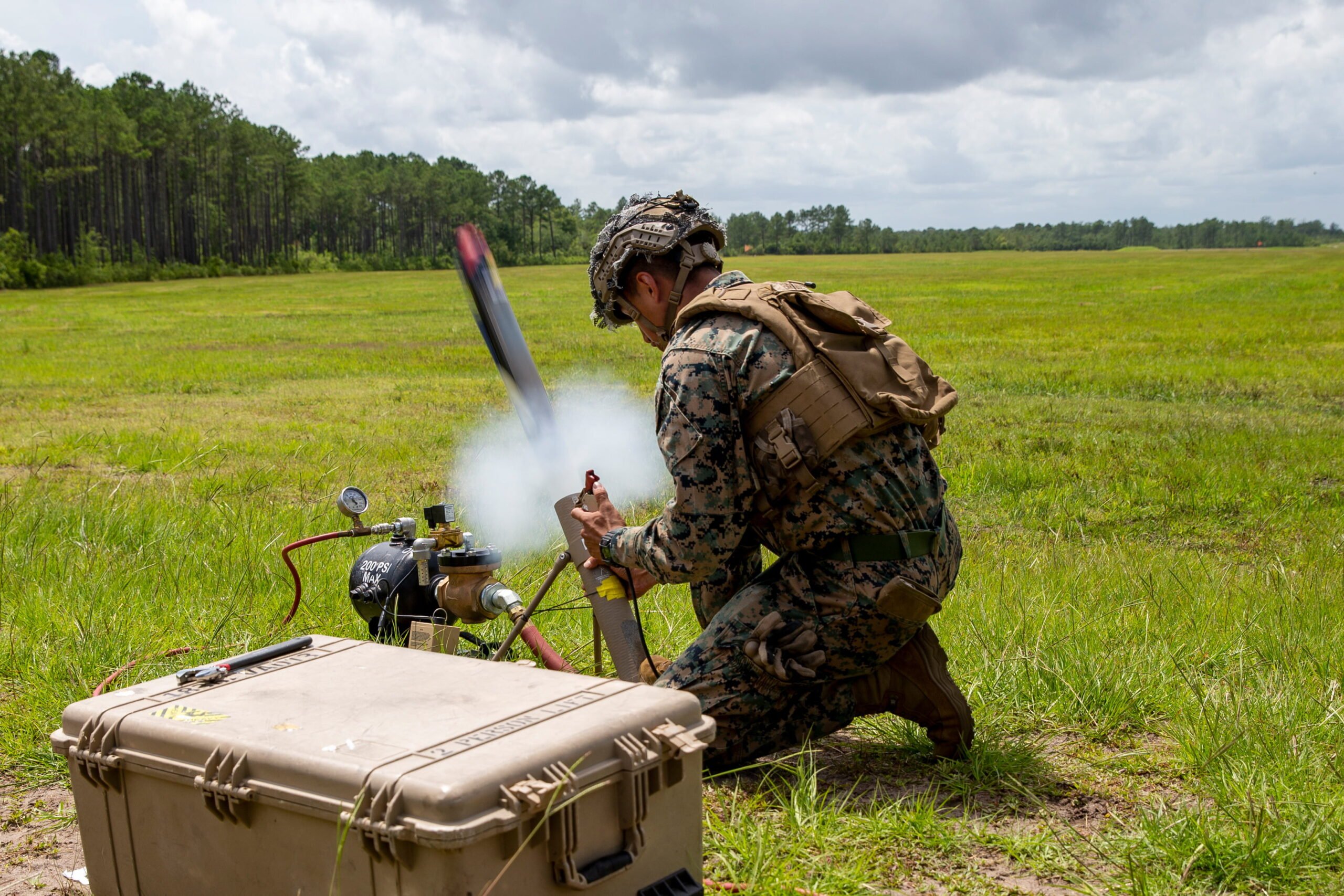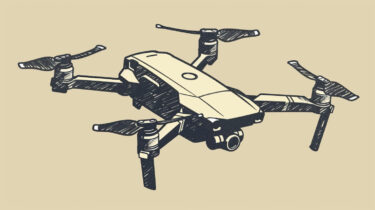The US Army has signed a contract worth almost $1 billion with AeroVironment to procure Switchblade series kamikaze drones over the next five years. The goal is to increase the firepower of infantry units, particularly in view of potential conflicts with China in the Pacific. The effectiveness of such drones has already been proven in the Ukraine war.
AeroVironment has been awarded a major $990 million contract by the US Army for the delivery of Switchblade kamikaze drones over the next five years. These weapons, also known as "loitering munitions", are part of a wider plan by the US Army to increase the striking power of its infantry units, making them as strong in combat as formations with tanks and other heavy armored vehicles. The objective is to prepare for possible high-intensity conflicts, especially against China in the Pacific region, according to The Warzone.
The contract includes the Switchblade 300 and 600 models. The Switchblade 300 is a smaller soldier-portable drone that can stay airborne for at least 20 minutes and reach targets up to 30 kilometers away. The larger Switchblade 600 offers an extended flight time of at least 40 minutes and can engage targets up to 40 kilometers away. It carries the same warhead as the shoulder-launched Javelin anti-tank missile.
Both Switchblade variants are tube-launched and have automatic target acquisition, but can also be controlled by an operator. The operator can monitor the drone's camera feed throughout the entire flight and make manual course corrections until impact. The drones can also be used for surveillance and reconnaissance.
A "democratization of smart bombs"
This investment in loitering munitions is part of a broader trend within the US military and worldwide, partly due to observations from the ongoing war in Ukraine, where kamikaze drones have proven highly effective. The US had already delivered 100 Switchblade drone systems to Ukraine at the start of the Russian invasion. Since then, the use of such drones has increased dramatically, as have technical countermeasures such as electronic warfare.
This has also greatly accelerated the development of autonomous capabilities in these so-called "Lethal Unmanned Systems" (LUS). The first reports of AI-controlled drone attacks emerged earlier this year, and US company Auterion recently unveiled Skynode S, a chip that autonomously guided kamikaze drones to their targets in Ukraine.
The US Army therefore expects Switchblades to be just one element of a larger family of LUS. It is aiming for multiple variants and competition between different companies to meet various operational requirements.
The proliferation of kamikaze drones can be seen as the "democratization of smart bombs" and will significantly impact future conflicts, especially as part of a deterrence strategy in scenarios such as defending Taiwan against a potential Chinese invasion.






